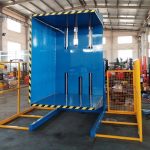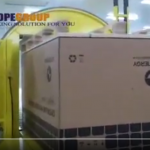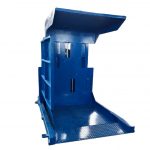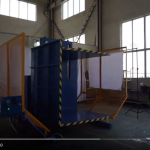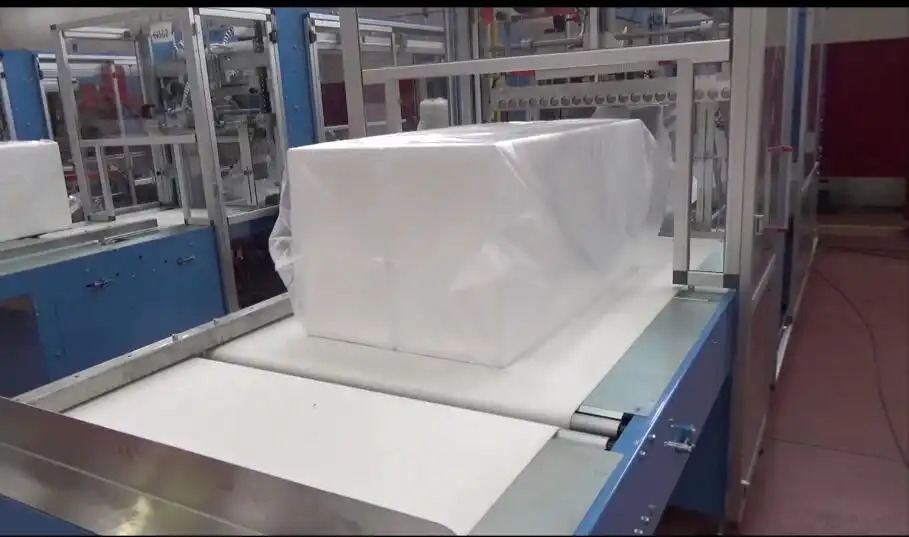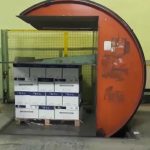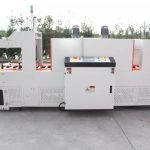The video shows the pallet inverter for 180 degree turning. The machine designed for heavy load pallet with big size.
Two clampers up and down adjustment for centering the load for safety turning.
The Fhope is able provides customized solution per different handling requirement in size weight and automation.
info@fhopepack.com
A pallet inverter and a paper roll tipper are two types of materials handling equipment that are used to transfer and reposition heavy loads, such as pallets or paper rolls, within a manufacturing or production facility.
A pallet inverter is a machine that is used to invert or turn over a loaded pallet by 180 degrees, so that the products on the pallet are facing downwards. This can be useful for a variety of applications, such as transferring products from a damaged or contaminated pallet to a new one, or for accessing products that are difficult to reach from the top of the pallet. The machine typically has two clampers that hold onto the pallet and can be adjusted up and down to center the load, ensuring safe and stable handling during the inversion process.
A paper roll tipper, on the other hand, is a machine that is used to tip a paper roll onto its side, so that it can be loaded onto a pallet or into a machine for further processing. This can be useful for handling large and heavy paper rolls that are difficult to lift manually, or for accessing the paper from different angles during the manufacturing process. The machine typically has a cradle or support that holds onto the paper roll, and can be adjusted to accommodate different roll sizes and weights.
Both of these machines can be customized to meet specific handling requirements, including size, weight, and level of automation. For example, some machines may have automatic controls or sensors that can detect and adjust to different load sizes and weights, while others may be designed for use in hazardous or specialized environments. It is important to choose the right machine for your specific needs and requirements, and to ensure that all relevant safety standards and regulations are met.
